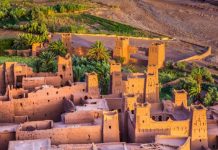It’s a striking figure, but one that tells a deeper story. By the end of May 2025, Morocco’s imports of industrial gold soared to 722 million dirhams, up from 295 million dirhams a year earlier—a staggering 144% increase according to the latest data from the Foreign Exchange Office. At first glance, this surge might suggest an explosion in domestic demand for gold. In reality, though, it reflects something far less flashy: the gradual formalization of a sector long dominated by informal channels.
Rather than signaling a sudden consumer craze for gold, this sharp rise points to structural change, driven by operators who are increasingly moving their activities into the legal framework. This shift has been accelerated by several key factors. Recent high-profile gold seizures have put additional pressure on underground networks, while tighter rules from some European intermediaries have further limited the ability of informal traders to operate outside official systems.
The international backdrop has certainly helped push up gold prices, with global markets influenced by geopolitical uncertainty and shifting monetary policies from major central banks. But these global trends only partly explain Morocco’s sharp increase. The real driver is the progressive tightening of regulations that is forcing the sector toward greater transparency.
In response to new regulatory constraints, many gold traders have adapted by creating joint companies—formal business entities that allow them to engage in structured dialogue with authorities. This new approach enables them to comply with legal requirements for making large advance payments to foreign suppliers, a crucial element in international gold transactions.
Historically, Morocco’s strict foreign exchange rules severely limited such operations, often slowing or blocking legitimate transactions. But under pressure from industry professionals, authorities have gradually eased some of these restrictions, notably by speeding up the process for obtaining approval for advance foreign payments.
What’s unfolding is a fundamental transformation of the sector. Far from reflecting a short-term spike in consumption, the trade statistics highlight a broad and ongoing shift toward regularization. It’s a promising development for the traceability and transparency of an industry that has, until now, largely operated in the shadows. This new direction signals a more structured, accountable future for Morocco’s gold trade.





